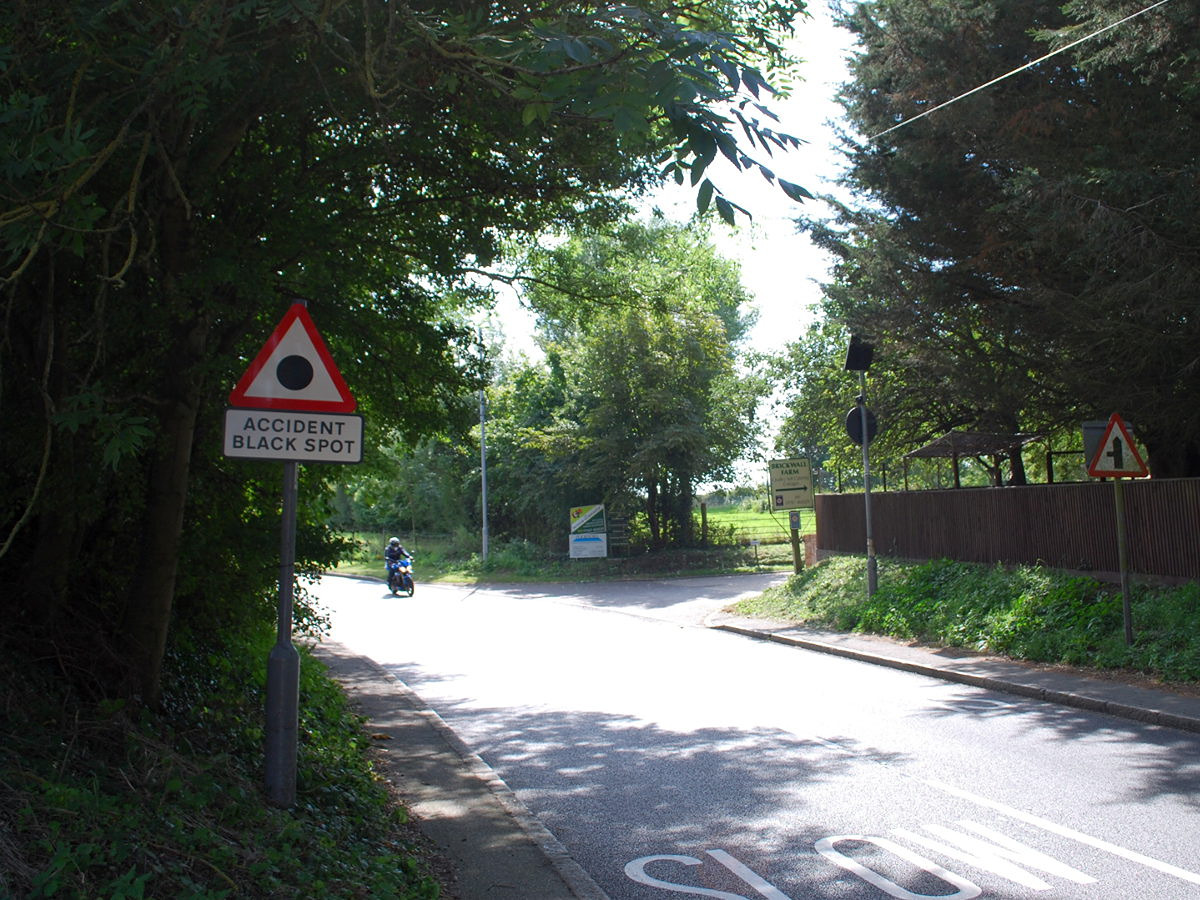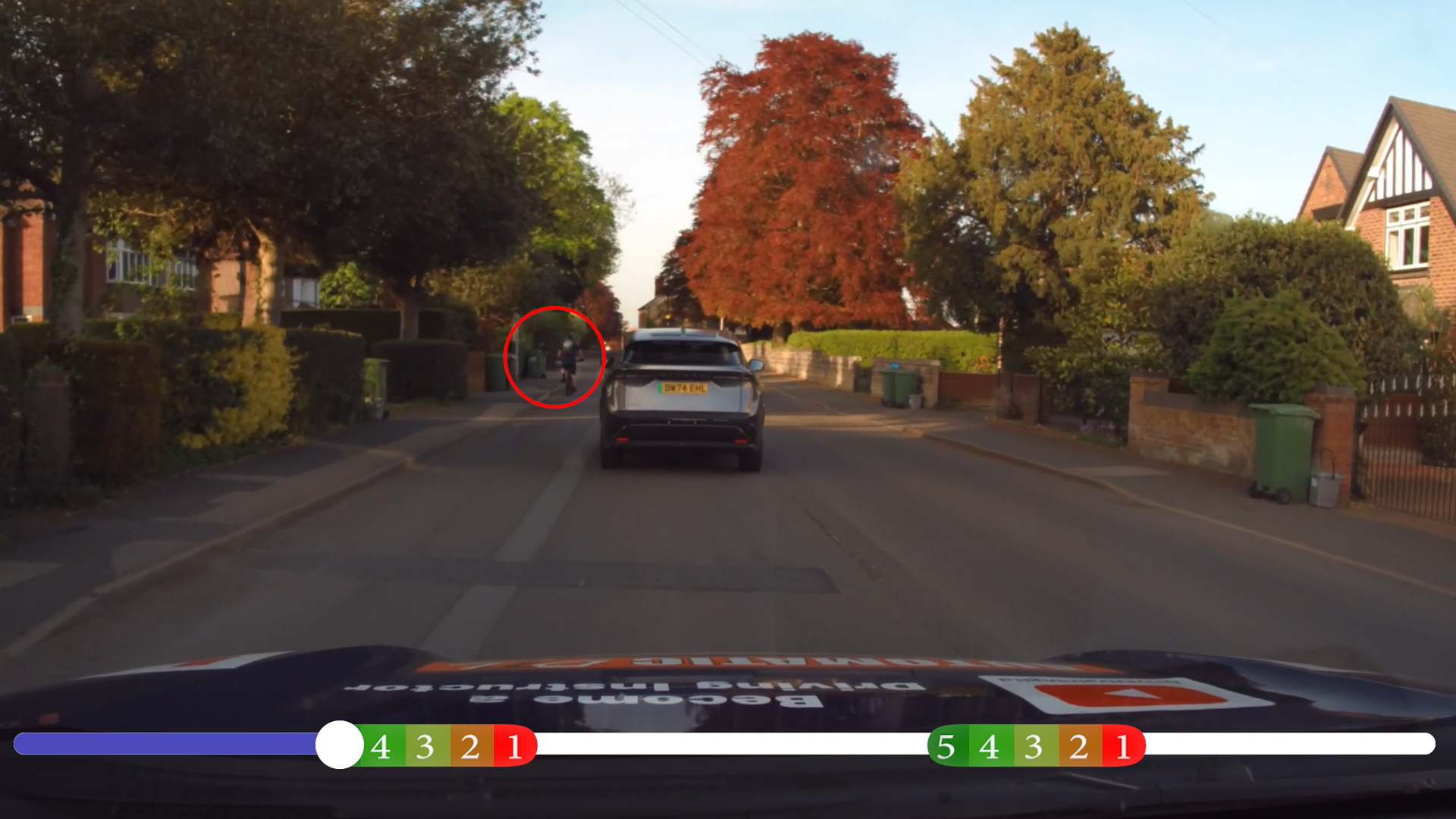ADI Part One Hazard Perception Test

ADI Part 1 Hazard Perception Explained
Struggling with the ADI Part 1 Hazard Perception test? This essential guide breaks down exactly what you need to know to pass with confidence.
From understanding how the scoring works to spotting developing hazards like a pro, we cover it all in plain English—no waffle, just practical advice. Whether you're just starting your ADI journey or brushing up for your exam, this blog post offers insider tips, DVSA-aligned strategies, and common mistakes to avoid.
Get the edge you need with proven techniques tailored specifically for driving instructor trainees. Click now to take the guesswork out of ADI Part 1 hazard perception and move one step closer to becoming a qualified ADI.
ADI Part 1 Hazard Perception Test
What to Expect from the ADI Part 1 Hazard Perception Test
If you’re preparing to become an Approved Driving Instructor (ADI), you’ll already know that Part 1 is the gateway to your professional journey – and that it’s no walk in the park. Among the two elements of the test – the theory questions and the hazard perception test – it’s the latter that truly tests your on-road awareness, just like you’ll be expecting your future pupils to develop.
But what exactly is the ADI Part 1 Hazard Perception Test, and how does it differ from the standard learner version? Let’s take a look under the bonnet.

ADI Hazard Perception What is it?
What Is It?
The hazard perception section of the ADI Part 1 test is designed to assess how well you can spot and respond to developing hazards – those situations that a competent driver needs to react to in good time to stay safe.
It’s similar in format to the learner driver version, but with one key difference: as a future instructor, the standard is higher, the scoring is stricter, and the margin for error is slimmer.
ADI Hazard Perception - What happens?
What Happens During the Test?
You’ll be shown 14 video clips, each lasting around a minute. These clips are filmed from the driver’s viewpoint – no flashy effects, just real roads, real conditions, and real hazards. Your task is to click the mouse whenever you spot a developing hazard.
✅ Developing Hazard = something that causes you to change speed or direction
❌ Potential Hazard = something you’re watching, but doesn’t yet need a response
Of the 14 clips, 13 contain one developing hazard, but one clip contains two – so keep your eyes peeled.


ADI Hazard Perception How is it scored?
How Is It Scored?
You can score up to 5 points per hazard
Points are awarded based on how quickly you respond as the hazard begins to develop
The sooner you spot it, the higher you score
Click too early (before the hazard begins to develop) and you’ll score zero
Click repeatedly or randomly and the system may void the clip or flag you for cheating
The pass mark for the ADI Part 1 Hazard Perception Test is 57 out of 75 – quite a bit higher than the learner test, which requires only 44.
ADI Hazard Perception - Why is it tougher?
Why Is It Tougher Than the Learner Version?
Simple: because you’re not just driving anymore. You’re training to teach others how to drive safely. The DVSA expects you to have a sharper eye, quicker judgement, and a professional standard of awareness.
You’ll need to demonstrate that you can:
Identify risks earlier than the average driver
Understand how hazards affect decision-making
Model exactly the kind of awareness you’ll need to pass on to pupils
In other words, this test checks that you’re not just safe behind the wheel – but that you’re developing the instincts of a safe-driving mentor.

ADI Hazard Perception - See it - SAY it
Traditional Advice That Still Rings True
As every old-school driving instructor will tell you:
“If you can see the trouble coming, you can stop it from happening.”
That’s what the hazard perception test is all about – seeing the danger before it becomes a disaster. It’s not about over-clicking or guessing, but about observing the road like a professional. Timing and judgement are key.
ADI Hazard Perception Top Tips to Pass
Top Tips for ADI Candidates
Use high-quality mock tests – Go beyond learner-level materials. Get ADI-specific practice clips with realistic hazards and scoring. www.drivertrainingtheory.co.uk
Click thoughtfully – One to three clicks per hazard is fine. Avoid rapid-fire clicking.
Stay focused – Treat each clip like a real drive. No distractions, just awareness.
Review your weak spots – If you're scoring low, look at why. Are you reacting too late? Misjudging what’s developing?
Think like a trainer – Ask yourself, “Would I want my pupil to spot that hazard now – or sooner?”

What is the ADI Part 1 hazard perception test?
The ADI Part 1 hazard perception test is part of the approved driving instructor qualification process. It assesses your ability to recognise developing hazards on the road using 14 CGI video clips. This section ensures you have the hazard awareness skills needed to teach learner drivers safely.
How many clips are in the ADI Part 1 hazard perception section?
You’ll be shown 14 video clips, each containing at least one developing hazard. One clip will contain two scoreable hazards, making a total of 15 hazards to identify during the test.
What score do I need to pass the ADI hazard perception test?
To pass the ADI Part 1 hazard perception test, you must score at least 57 out of 75. The maximum score per hazard is 5, depending on how early you click as the hazard develops.
How is the ADI Part 1 hazard perception test different from the learner version?
The ADI version is more stringent and expects faster, more accurate responses. While the clips are similar to those in the learner driver theory test, trainee instructors must demonstrate professional-level hazard detection.
How can I prepare for the ADI hazard perception test?
Use DVSA-approved practice tools, watch a variety of real-world and CGI hazard clips, and study hazard perception techniques. Practising regularly helps you develop quicker reactions and spot potential dangers early—essential skills for future instructors.
ADI Hazard Perception
The ADI Part 1 Hazard Perception Test is your chance to prove that you’ve got the eyes, the mindset, and the foresight of a professional driving instructor. It’s not just about passing a screen test – it’s about showing that you can lead by example, spot trouble before it happens, and train others to do the same.
And when you’ve got that skill under your belt, you’re one step closer to the front seat of your career.
Stay sharp, stay focused – and remember, teaching safe driving starts with becoming a master of it yourself.

